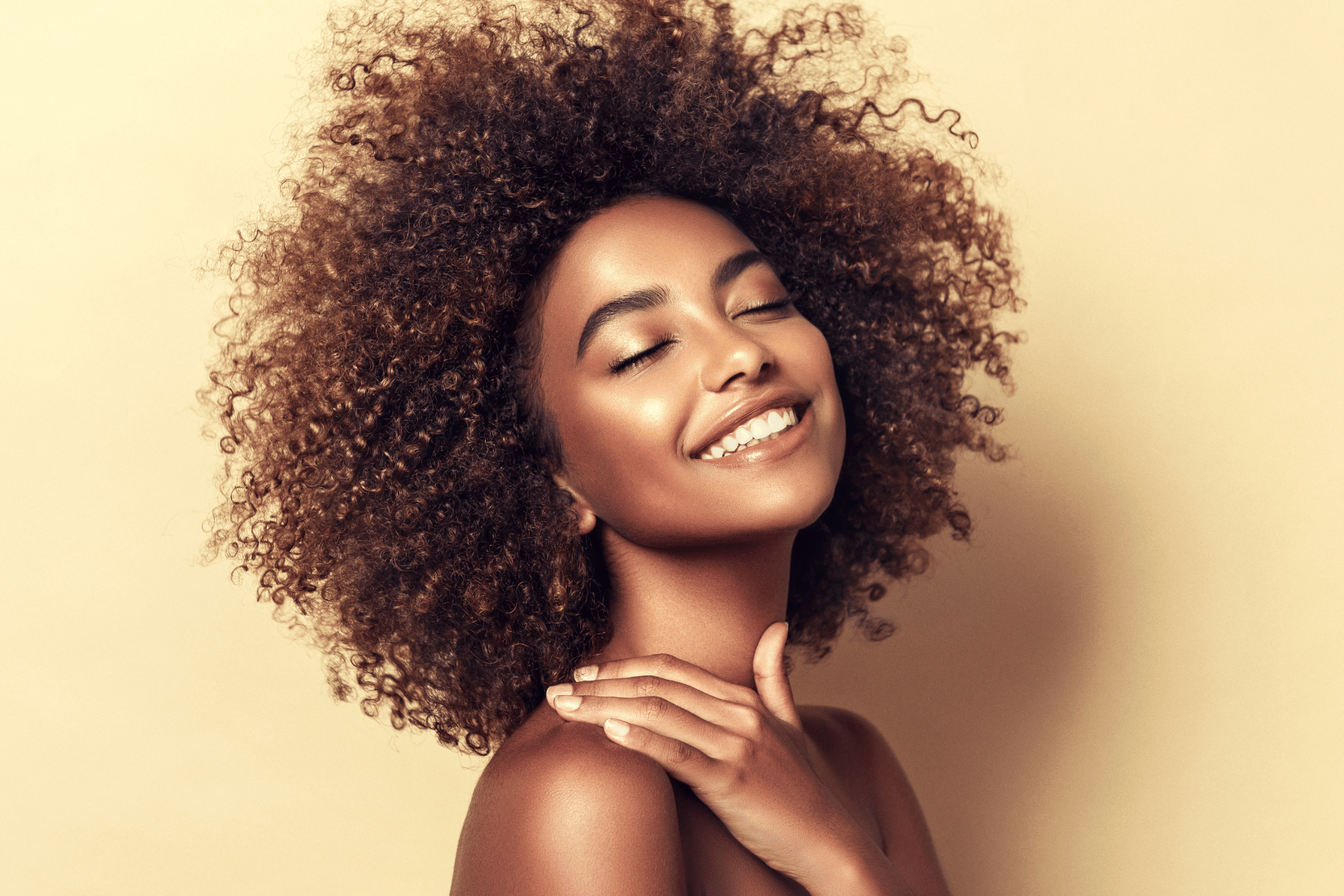Upper Blepharoplasty Techniques Korea
Understanding Modern Upper Blepharoplasty Techniques
Upper blepharoplasty is one of the most commonly performed facial surgeries in Korea and worldwide. It rejuvenates the upper eyelid by removing excess skin, adjusting fat, tightening muscles, and reshaping the eyelid crease.
While many people associate it with double eyelid surgery, upper blepharoplasty actually covers a wide range of techniques tailored to different eyelid types and aging concerns.
This guide breaks down the main upper blepharoplasty techniques, how they work, and who they’re best suited for.
Traditional Upper Blepharoplasty (Skin Excision Method)
How It Works
- A precise incision is made along the natural or planned eyelid crease.
- Excess skin, muscle, and sometimes fat are removed.
- The skin is reattached to create a smooth, defined crease.
Best For
- Sagging upper eyelid skin
- Hooded or heavy eyelids
- Aging eyelids with wrinkles
- Patients wanting a long-lasting crease
Benefits
- Highly customizable
- Long-lasting results
- Strong definition for the crease
- Can be combined with ptosis correction
Asian Upper Blepharoplasty (Double Eyelid Surgery)
How It Works
- Skin and muscle adjustments create a new crease.
- Fat may be repositioned or removed depending on eyelid thickness.
Types of Crease Designs
- Tapered crease
- Parallel crease
- Low natural crease (most popular in Korea)
Best For
- Monolids
- Low or hidden creases
- Uneven eyelids
- Desire for brighter, more defined eyes
Upper Blepharoplasty With Ptosis Correction (Levator Repair)
How It Works
- Tightens or shortens the levator muscle.
- Improves eyelid opening strength.
- Can be combined with crease creation or skin removal.
Best For
- Tired, sleepy-looking eyes
- One eye opening smaller than the other
- Difficulty keeping eyes open
- Hidden ptosis (very common in Korea)
Benefits
- Bigger, more awake eye appearance
- Balanced symmetry
- Prevents heavy eyelids long-term
Fat Repositioning Upper Blepharoplasty
How It Works
- Fat is not removed — it is moved to improve contour.
- Creates a smooth, youthful upper eyelid curve.
Best For
- Hollowness in the upper lid
- Deep-set eyes
- Previously over-corrected surgeries
- Slim or aging eyelids
Benefits
- Avoids hollow or sunken results
- Very natural rejuvenation
- Maintains youthful fullness
Upper Blepharoplasty for Hooded Eyes
Technique Focus
- Extra skin is removed
- Muscle is trimmed for a smoother fold
- Sometimes combined with a brow lift or ptosis repair
Best For
- Heaviness on the lash line
- Makeup smudging
- Eyes that look tired or shadowed
Why It Works Well
Corrects the cause of hooding rather than just the appearance.
Non-Incisional Double Eyelid Technique (For Younger Patients)
How It Works
- Uses micro-sutures to create a crease
- No skin cutting
- Minimal downtime
Best For
- Thin skin
- Younger individuals
- Mild eyelid fullness
- First-time surgery
Limitations
- Not effective for very thick or sagging lids
- Crease may reduce over time
Partial-Incision Upper Blepharoplasty
How It Works
- Small incision plus suture technique
- Allows mild fat removal
- Creates stronger fixation than non-incisional
Best For
- Moderate fat
- Mild hooding
- Desire for natural, soft crease
Upper Blepharoplasty Revision Techniques
Used For
- Uneven creases
- Overcorrection or undercorrection
- Crease that disappeared
- Scarring or asymmetry
Methods Include
- Reconstructing the crease
- Adjusting fat or muscle
- Tightening levator muscle
- Scar revision
Korea is globally known for revision expertise.
How Korean Surgeons Choose the Right Technique
They examine:
- Skin thickness
- Brow position
- Levator strength (ptosis)
- Fat distribution
- Asymmetry
- Desired crease height
- Aging-related changes
Korean upper blepharoplasty is highly individualized — each eye is treated differently based on its anatomy.
Recovery After Upper Blepharoplasty
- Swelling: 5–10 days
- Sutures removed: 3–7 days
- Light activities: After 2–3 days
- Final shape: 1–3 months
- Ptosis correction may take slightly longer to refine


